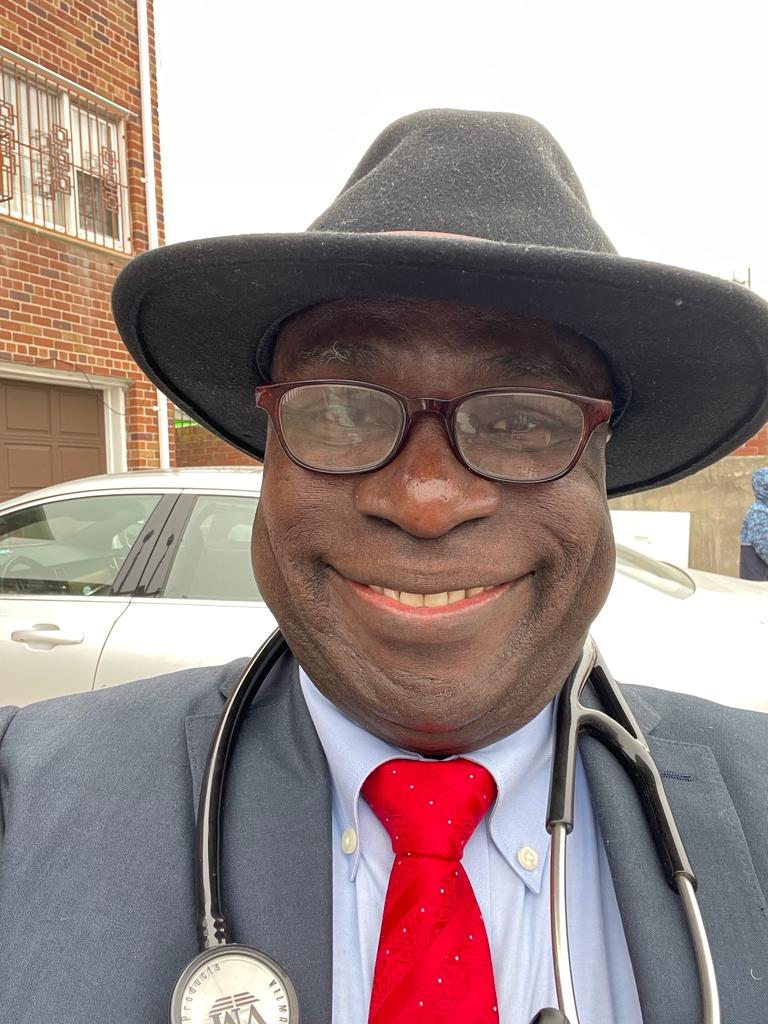By Emmanuel Fashakin
It’s February 21, 2023.
My first and last patients this day were Workers’ Compensation cases. My practice participates in Workers Comp cases, taking care of employees injured during the scope of their employment. Workers’ compensation cases present unique challenges in medical practice, especially in patients without visible physical injuries.
My first case was a 43-year-old Nursing Aide who claimed that she pulled her back while lifting a patient. That was on January 14, over five weeks from today’s consult. She managed to talk my assistant to order an MRI for her back, which, as I expected, showed no abnormality. Even then she insisted that she still has pains and that she is unable to work. I watched her gait, her getting into the chair, standing up, etc. There was no sign whatsoever that she has any back pains or spasms. It is obvious that she simply did not want to return to work.
There were interesting Workers Comp cases over the years. Sometimes you have to engage in some private extra-clinical detective work to get the truth from patients. Susana (not real name) employee of US Postal Services, injured her right wrist while carrying mail bags and sorting mail way back in January 2016. I sent her back to work in February, but she came back a week later, saying that the wrist was “hurting bad”, and she could not work. Her Workers’ Compensation Insurance kicked in, and she had been at home for four more weeks while the wrist got better.
I had tried to get her back to work, but she kept coming back saying that the wrist was too painful for her to return to work. Doctors can examine lesions and make diagnoses, but we still depend on patients to tell us how much pain they are feeling because we don’t have any objective measurement for pain. After another two weeks, making eight weeks in total after the injury, which was well outside the guidelines for a simple sprain, she returned to our office for review. As I finished seeing a patient and washing my hands, I looked over into the waiting room and saw Susana waiting to see me. I decided to do some sleuth work. Susana was engrossed with her phone and did not see me staring intently at her from the door of my room. Soon enough, she finished reading and started typing furiously using both wrists! Soon Susana was ushered into the consulting room to see me.
Before Susana could begin her tales of woe, how the wrists hurt so bad, that she could not hold or touch anything, I quickly beat her to the punch. “Susana”, I announced with glee, “I see that your wrist is feeling much better. I saw you typing on your phone very furiously in the waiting room, without any pain at all. You are going back to work immediately. When should I send you back to work, tomorrow, Tuesday, or Wednesday?” “Make it Wednesday,” Susana answered gloomily. Bingo! I won. No more extensions for another week or two, Wednesday it shall be.
There was yet another funny Workers Comp case. This guy told me that he fell down at work, and although all radiological studies were negative, he insisted that his back continues to hurt very badly. Weeks after, as he came for his appointment, I was passing through the waiting room getting hot water for my coffee when I saw him walk briskly up the steps to the office and bounced into a chair. I pretended that I did not see him; I made no eye contact. Fifteen minutes later, this man pretended to be in severe pain with every movement as he entered my consulting room. He could hardly climb on the table for examination; it was as if his back was completely dislocated. It was then that I told him that I saw him bouncing up the steps on arrival at the office. He dropped all objections to return to work and he was back at work that week.
I may not be able to measure pains, but if I catch you engaging in activities inconsistent with your professed pains, you are going back to work!
Workers’ Comp patients are my only patients who don’t want to get well at all, forget about the word “soon”. I likened it to my law practice, where even your own clients distrust you and probably hate you. The typical WC patient hopes that the treatment does not work and that his wound gets septic, to prolong his absence from work. I was so disgusted with WC that I stopped practicing it about 15 years ago. But my existing patients persuaded me to come back because they often found it difficult to find certified WC Doctors.
When I came back, even the Workers Comp Board of the State of NY could not find me in their computers! I had to call up and they checked my name in the rolls manually. I had not filed reports for so many years that they did not update my certification in their computers. Thank God for good old paperwork in the archives.
It’s often difficult to get these people back to work. Who would not like sitting jeje at home, flipping through TV channels and watching movies, rather than go to work in bitter cold Winter when your wages would be paid in full? Sometimes it comes to a showdown when after I have had enough of their “pains” which never get better in the absence of objective findings, I declare: “Mr. Jones, your injury has lingered too long, much longer than expected given your mechanism of injury. I am sending you back to work, if you refuse, you would have to find another Doctor to sign your papers.” They usually go back at that stage, albeit very reluctantly.
Emmanuel O. Fashakin, M.D., FMCS(Nig), FWACS, FRCS(Ed), FAAFP, Esq.
Attorney at Law & Medical Director,
Abbydek Family Medical Practice, P.C.
Web address: http://www.abbydek.com
Cell phone: +1-347-217-6175
“Primum non nocere”





